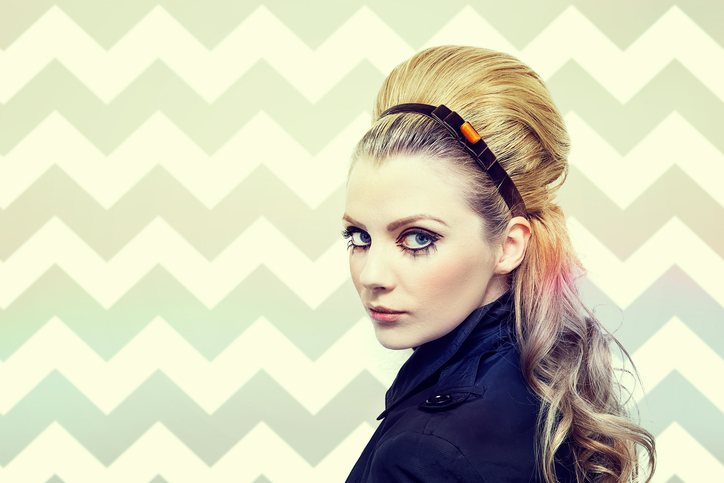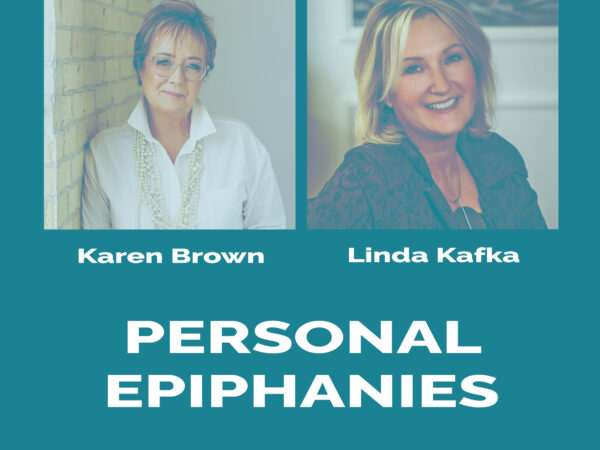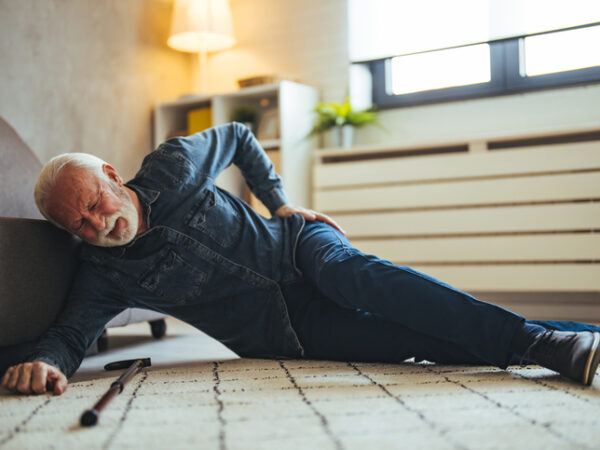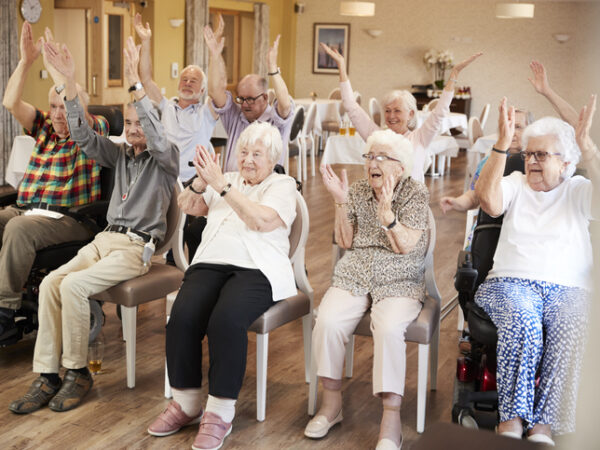Who remembers the Mod look? Blue or green eyeshadow, Twiggy eyelashes? Skincare was pretty much soap and water followed by toner and then a slathering of your mother’s Nivea or Ponds cold cream. Ah, those were the teenage beauty standards of the 60’s.
Now that boomers are older, it’s hard for us to turn on the TV or open a magazine without being hit by the pressure to look younger, defy wrinkles and cover those grey hairs. In a world where anti-aging potions fly off the shelves and filters distort reality, it’s easy to succumb to the pressure to defy aging at any cost. The rise of what some call “Sephora kids” highlights a concerning trend among young people: an obsession with maintaining eternal youth. But what drives this fixation, and what are the consequences?
Historically, beauty marketing has targeted older demographics with anti-aging products, leaving younger generations largely untouched by the quest for eternal youth. However, the advent of social media has blurred these lines, exposing teens to influencers who openly endorse anti-aging treatments. As a result, teenagers today are more likely to invest in products once reserved for older generations.
The prevalence of photo editing tools and filters that claim to ‘show’ them what they will look like as they age further perpetuates unrealistic beauty standards, leading to self-objectification and body dysmorphia, particularly among impressionable teens. Social media exacerbates these issues, amplifying insecurities and shaping self-perception based on external validation.
But beyond the superficial concerns lie deeper implications. The societal fear of aging perpetuates ageism, leading to discrimination and marginalization of older adults. Research shows that ageism not only affects self-esteem but also influences workplace dynamics, relationships and even contributes to elder abuse.
It’s time to challenge these ingrained attitudes and redefine beauty beyond youthfulness. Rather than succumbing to societal pressures, we must celebrate the beauty that come with age. The wisdom seen by looking into eyes that have witnessed life experiences, the lines around those eyes that I prefer to think of as a reminder of many smiles and even the grey hair that, when we finally give into it, can be cared for and styled beautifully. Instead of investing in anti-aging products, let’s invest in practices that support older adults and foster intergenerational connections with greater positivity.






Add Your Voice
0 Comments
Join the Discussion